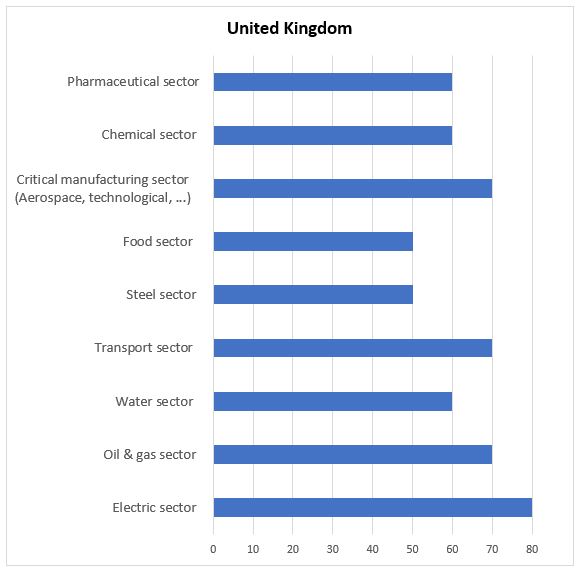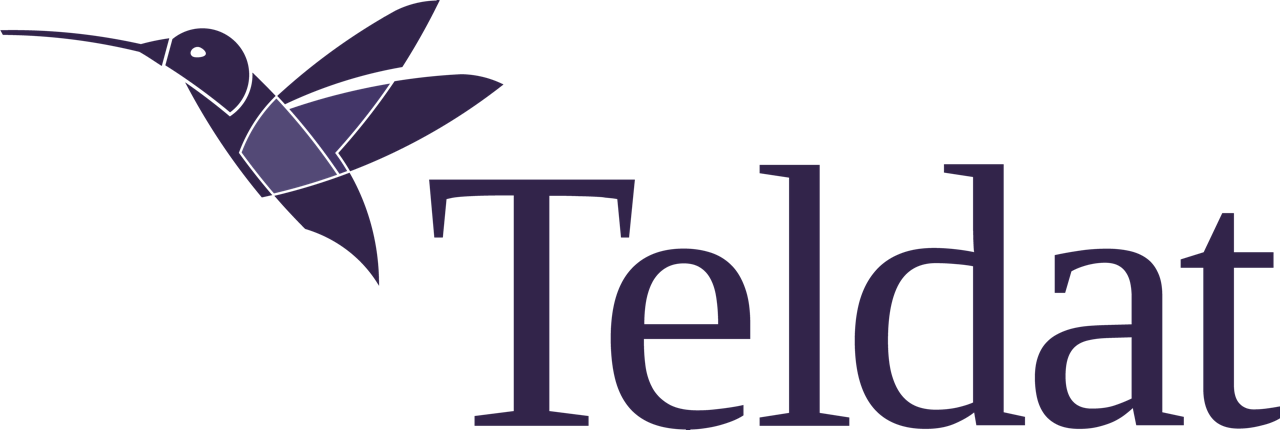The Industrial Cybersecurity Center in United Kingdom
Team
Maite Carli García
Luciano Manfredi
Dr. John McCarthy
Dr. John McCarthy and Luciano Manfredi, the Industrial Cibersecurity Center Coordinators in United Kingdom (CCI Coordinators Team), helps us to get in context of the state of the industrial cybersecurity in their country, and to do so, they share with us their impressions.
They describe the level of sensitivity of industrial organizations in their country according to the following percentages:

They also affirm that the trend of recent years has exponentially grown.
United Kingdom counts with local and national public bodies promoting an adequate legal framework, in order to ensure the progressive incorporation of industrial cybersecurity measures in national presence companies (mainly critical infrastructure). The main organizations are:
- CNPI
- Local governemnt
- National Cyber Security Centre
- Department for Digital, Culture, Media and Sport (NIS Regulations)
- Department for Buisness, Energy and Industrial Strategy, Ofgem+H&S
- Ofcom / Defra / Ofwat / Office for Nuclear Regulation (ONR)
- Civil Aviation Authority
Among the main national laws and regulations affecting in this context in United Kingdom, Dr. John McCarthy and Luciano Manfredi mentioned:
- Computer Misuse Act
- Network and Information Security Regulations 2018 (NIS Regulations)
- General Data Protection Regulation (GDPR)
- Communications Act 2003
- Privacy and Electronic Communications (EC Directive) Regulations 2003
Analysing the most widely adopted industrial cybersecurity measures by United Kingdom's organizations to protect industrial automation systems, Dr. John McCarthy and Luciano Manfredi highlight the application of:
- Industrial cybersecurity consulting / advisory
- Internal security audits
- External security audits
- Network design and architectures, Development of continuity and / or contingency plans, Backups
- Compensating controls / Hardening (mostly for legacy systems)
- SIEM (Security information and event management)
The CCI Coordinators in United Kingdom characterize the industrial cybersecurity situation in their country with the following SWOT analysis:
Weaknesses
| Strengths
|
Threats
| Opportunities
|











